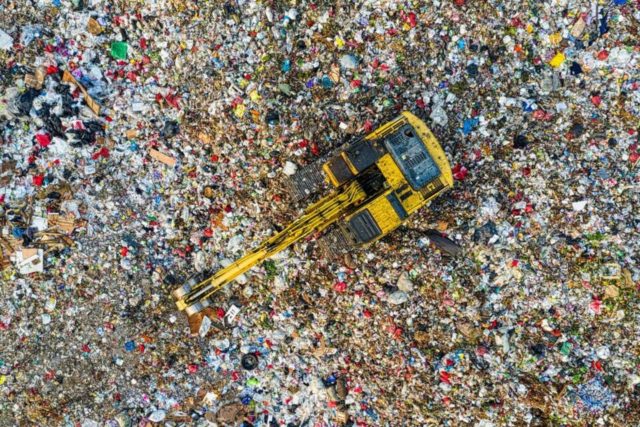We have all seen it on our social media feeds at some point – ’haul’ videos, where people post about their new fashion purchases. While the clothes are usually amazing, fast fashion comes at a high environmental cost.
WE HAVE all seen it on our social media feeds at some point – ’haul’ videos, where people post about their new fashion purchases. While the clothes are usually amazing, fast fashion comes at a high environmental cost.
Fashion and the environment
According to a World Economic Forum report, the fashion industry produces a staggering 10% of all humanity’s carbon emissions. It is the second-largest consumer of the world’s water supply.
Fashion production dries up water sources, and pollutes rivers and streams. Washing some types of clothes also sends thousands of bits of plastic into the ocean. To be exact, 500,000 tons of microfibres are released into the ocean each year. This is the equivalent of 50 billion plastic bottles.
Many of those fibres are polyester, which is found in 60% of garments. Not only does producing polyester release two to three times more carbon emissions than cotton, but polyester does not break down in the ocean.
On the topic of water, the fashion industry is the second-largest consumer of water worldwide, and causes a number of water-pollution problems.
The fashion industry is responsible for 20% of all industrial water pollution, worldwide.
What happens to clothes that aren’t used?
First, we need to get an idea of how much clothes gets produced. In Europe, fashion companies went from an average offering of two collections per year, in 2000, to five in 2011. Zara puts out approximately 24 collections per year and H&M offers between 12 and 16.
That is a lot, right? It’s a pity since the bulk of this clothing ends up in the dump. The equivalent of one garbage truck full of clothes is burned or dumped in a landfill every second.
In total, up to 85% of textiles go into landfills each year. To give you a rough idea, that is enough to fill the Sydney harbour annually.
What does that have to do with me?
Well, if you are buying clothes (especially the cheap items from ’fast’ fashion retailers, such as Shein) it has everything to do with you.
On average, people bought 60% more garments in 2014 than they did in 2000. A total of 85% of all textiles go to the dump each year.
If the fashion sector continues on its current trajectory, that share of the carbon budget could jump to 26% by 2050, according to a 2017 report, from the Ellen MacArthur Foundation.
So what can I do to help the situation?
For starters, you can use the most out of your clothes. Don’t just throw it away after a few uses, when it’s not a trend anymore. You can also donate it to those in need (but make sure the clothes are still in good shape).








